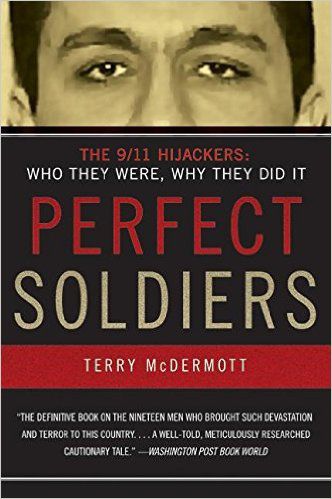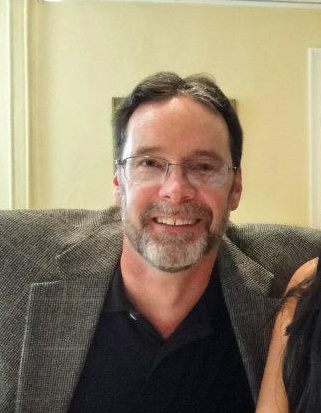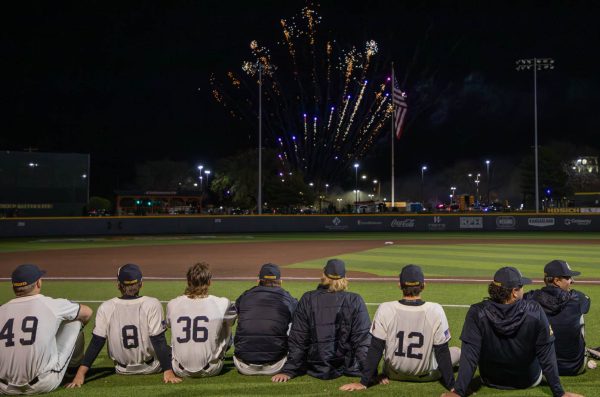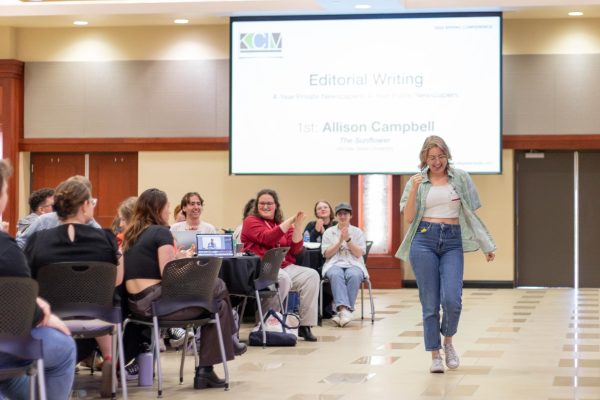Perfect soldiers: A perfect read

Courtesy photo
I thought “Perfect Soldiers: The Hijackers: Who They Were, Why They did It” by Terry McDermott would be perfect to read to better understand why 9/11 happened 15 years ago.
I was right.
McDermott, a Los Angeles Times newspaper reporter now and when the book was published in 2005, takes the reader on more than a ride of giving background about the hijackers. He puts the catastrophe into an historical and cultural context.
Mohammed el-Amir aka Mohamed Atta was the foremost leader of the 19 hijackers. His family moved to Cairo, Egypt when he was 10. His father, a lawyer who had degrees in Civil and Sharia law, married Atta’s mother through an arranged marriage when she was 14. Atta and his two older sisters were not allowed to play outside and were only allowed to watch a little television. They were obedient to their strict father.
Atta studied architecture before moving to German and starting or joining the “cell” that produced some of the hijackers. He flew American Airlines Flight 11 out of Boston, the first plane to hit the World Trade Center. McDermott describes him as “introverted,” a personality characteristic that most likely came out of his childhood, and that probably made him prime for recruitment.
I knew at least some of that from new reports before reading the book.
I didn’t fully understand the context of the time in history, though. McDermott writes that after the Soviets withdrew from Afghanistan in 1989 that terrorism was to the point of becoming a world war, albeit in a different style when one thinks about World War I and World War II. The Muslims that we supported during the Afghanistan War against the Soviets felt used by America to defeat the Russians because we left their country in tatters without doing anything to help them rebuild like we should have. It would have been easier and cheaper to rebuild the country than fight them now, let alone save lives. Former President Jimmy Carter, 1977-1981, estimated the cost would be a fraction of it, maybe 10 percent. Humanitarian effort beats war every time.
McDermott adds that the different factions in the country began fighting each other and American administrators could not agree about which group to support or oppose.
This made me wonder if we had stayed engaged, spent money for electrical power, hospitals, roads, schools, and more like we are doing now in a good-well effort, would we have the terrorism problems we have now? We helped Germany and Japan after World War II and now have great relations with each one. I wish McDermott had written something about that.
McDermott explained that the Muslims support each other regardless of geography or if they have ever met. Muslims in the Middle East support the Muslims in the Philippines and vice versa. Of course, most Muslims, including people I know, oppose terrorism and violence. Many are advocates of peace.
One frightening part of the book was the length of time the hijackers were in the United States before the attack. In some cases it was 18 months or even longer. They also left and returned several times without being detected as potential terrorists. I do not know, but would not be surprised if some are here now plotting and planning. I wish McDermott had given some insight into what he thought the future might be regarding terrorism in the world.
I think the surveillance and monitoring has improved since 2005, though.
Another scary part was the last chapter that described the day of the attacks with the times of the planes’ departures and some detail about what happened inside the planes. It took me back and I found myself muscles tightening up. I relived it a little bit.








